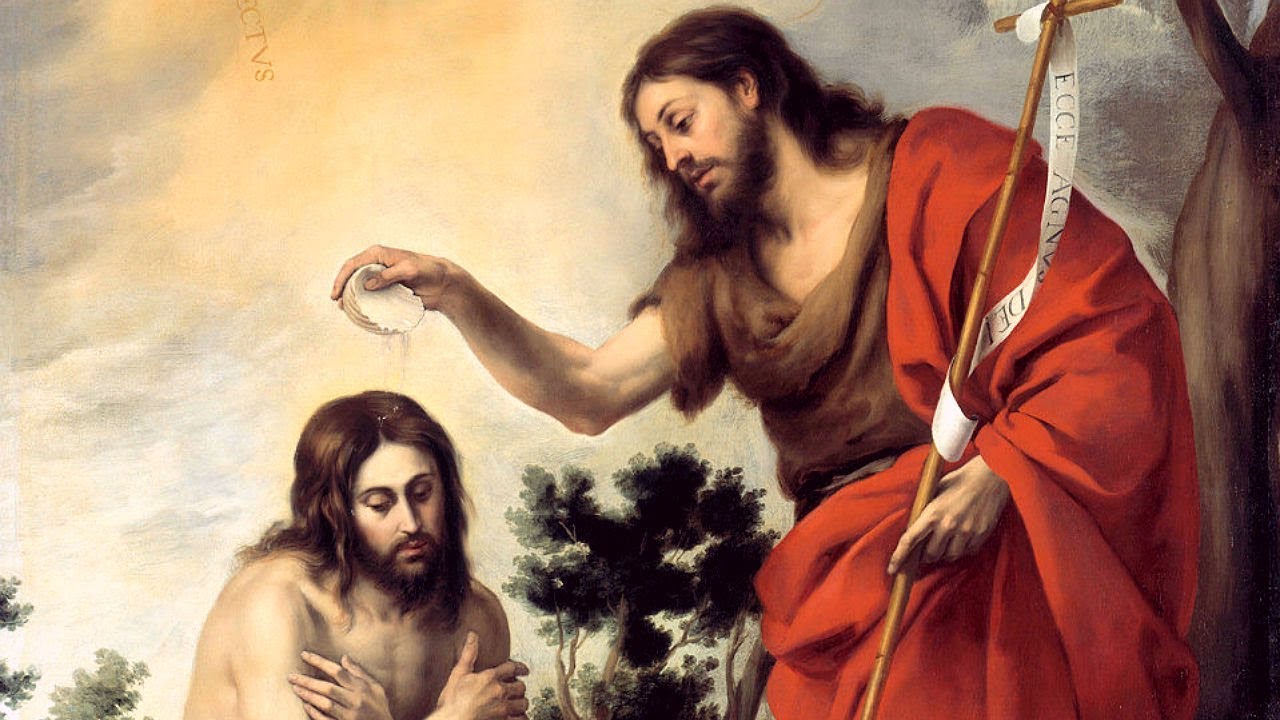
Robert Draws – St. John the Baptist is one of Leonardo da Vinci’s most enigmatic paintings. The figure points upward with a soft, mysterious smile. The gesture draws attention beyond the canvas. His raised finger directs the viewer toward spiritual reflection. A silent message is visually expressed. The painting was believed to be completed in Leonardo’s later years. Shadows dominate the background. A sense of mystery fills the composition. Light subtly outlines the subject’s face. Unlike Leonardo’s earlier works, this one feels more meditative. Silence and symbolism replace narrative.
John’s finger points, but he remains silent. Instead, the gesture replaces speech with divine symbolism. Moreover, the direction is not merely upward. Rather, it suggests eternity beyond human understanding. Therefore, salvation emerges through a simple hand movement. Meanwhile, the message does not require words. Thus, a visual sermon reaches the viewer. Consequently, the figure becomes a guide, not a focus. In addition, his presence invites spiritual contemplation. Similarly, the gesture implies knowledge beyond this world. Ultimately, he acts as a silent bridge between the physical and the eternal.
“Read about: The Wild World of Fauvism: A Journey Through Color and Emotion”
Chiaroscuro shapes the painting with remarkable skill. First, light directs attention to the emotion of the figure. Meanwhile, darkness surrounds the entire composition with purpose. As a result, the subject emerges from shadow like a vision. Consequently, contrast forms a deeply spiritual atmosphere. The face, for instance, glows gently within the surrounding gloom. Furthermore, Leonardo adds detail only in key areas. Thus, the gesture and expression dominate the viewer’s gaze. In contrast, the background fades into mystery. Moreover, darkness carries meaning, not emptiness. Instead of explaining, the painting invites silent reflection. Eventually, the mood leads the viewer inward. Overall, the tones build a quiet sense of reverence. Therefore, chiaroscuro becomes a tool for emotion, not explanation.
John’s smile is soft and enigmatic. It resembles the Mona Lisa’s famous expression. It neither celebrates nor mourns. The smile feels calm and knowing. Emotion is restrained yet powerful. Expression becomes a window to inner peace. The ambiguity invites personal interpretation. A spiritual calmness is silently offered. He doesn’t demand belief. He gently suggests reflection. The facial expression reveals careful intent. Leonardo paints subtlety with purpose.
“Read more: Unveiling the Connection: How Migration Fuels Human Trafficking”
John is central in Christian teachings. He announces the arrival of Christ. Leonardo captures his spiritual role visually. His figure carries theological meaning. The bare skin and wild hair reflect biblical descriptions. Earthliness contrasts the divine above. No lamb or cross is depicted. Simplicity emphasizes the deeper symbolism. Minimal elements offer maximum meaning. The absence enhances the message. Clothing and setting are not distractions. The gesture is allowed to speak clearly.
Earlier art portrayed John more literally. However, Leonardo breaks from that tradition. Instead of adding symbols, he removes them. Therefore, meaning is found in mystery. The divine is not shown directly; rather, it is hinted with elegance. Meanwhile, the viewer is invited to interpret. Thus, understanding must come from within. He offers a painting for meditation. Not a scene for storytelling. Consequently, this version of John stands alone in silence. In contrast, complexity is found in minimalism. Ultimately, the image draws the viewer inward.
The painting may be Leonardo’s final masterpiece. It reflects personal contemplation. Spirituality merges with artistic mastery. Mortality and faith meet in gesture. John’s finger may symbolize Leonardo’s hope. His silence speaks deeply. The invisible becomes the focus. What is not painted matters most. His legacy is whispered through the canvas. Light, shadow, and gesture become his voice. John points not just upward. He points inward, toward eternal questions.